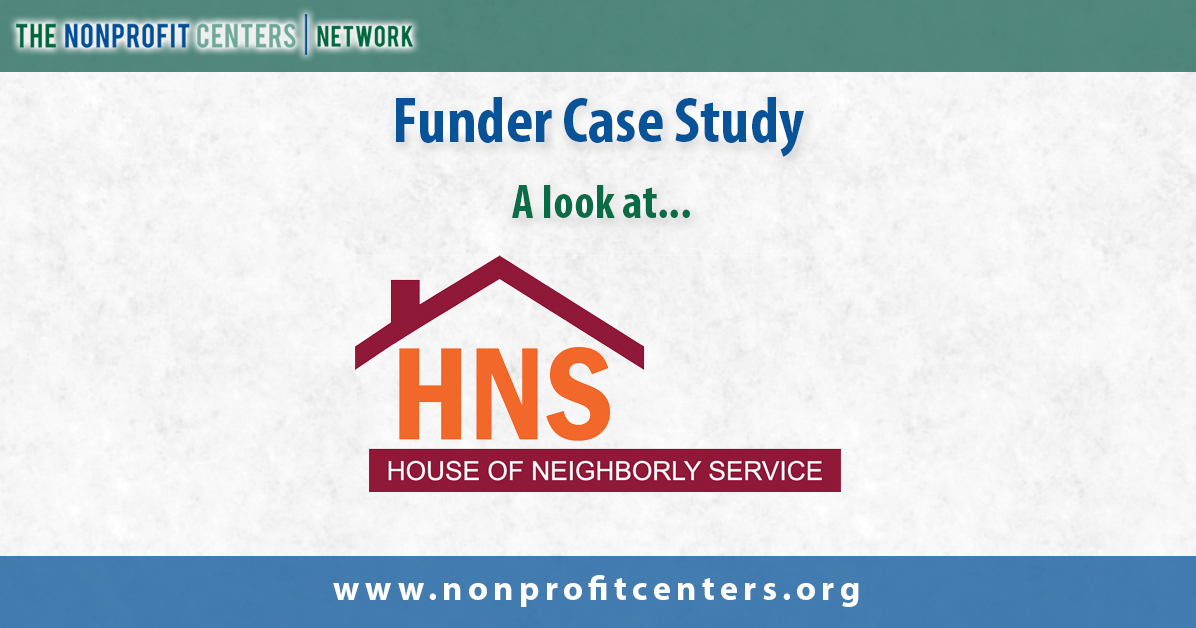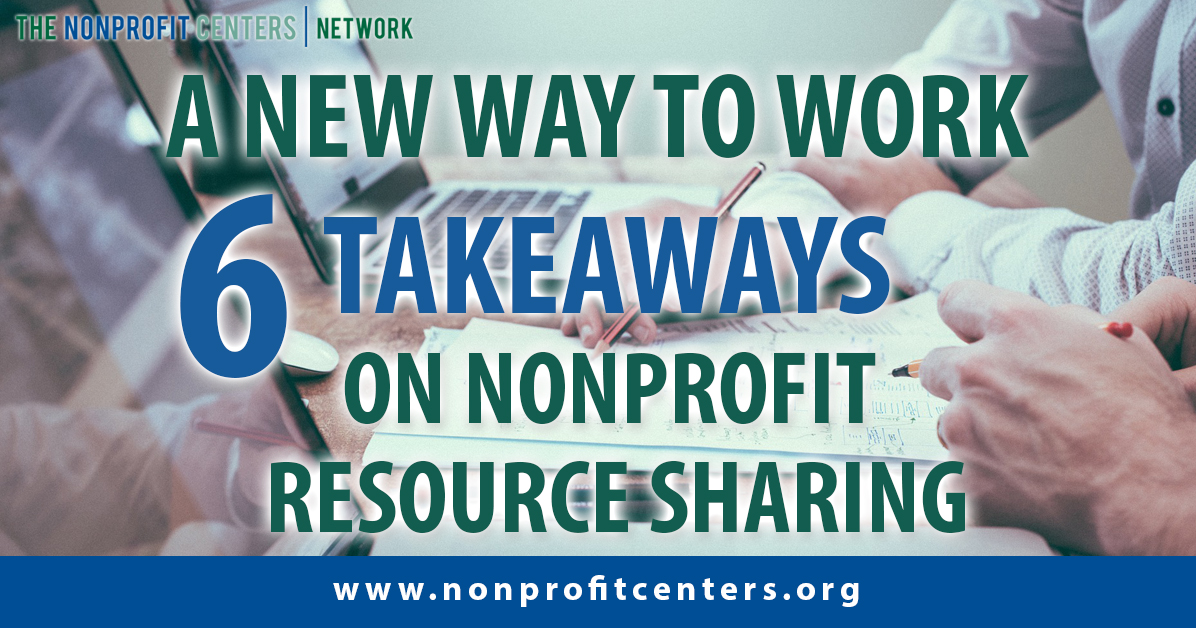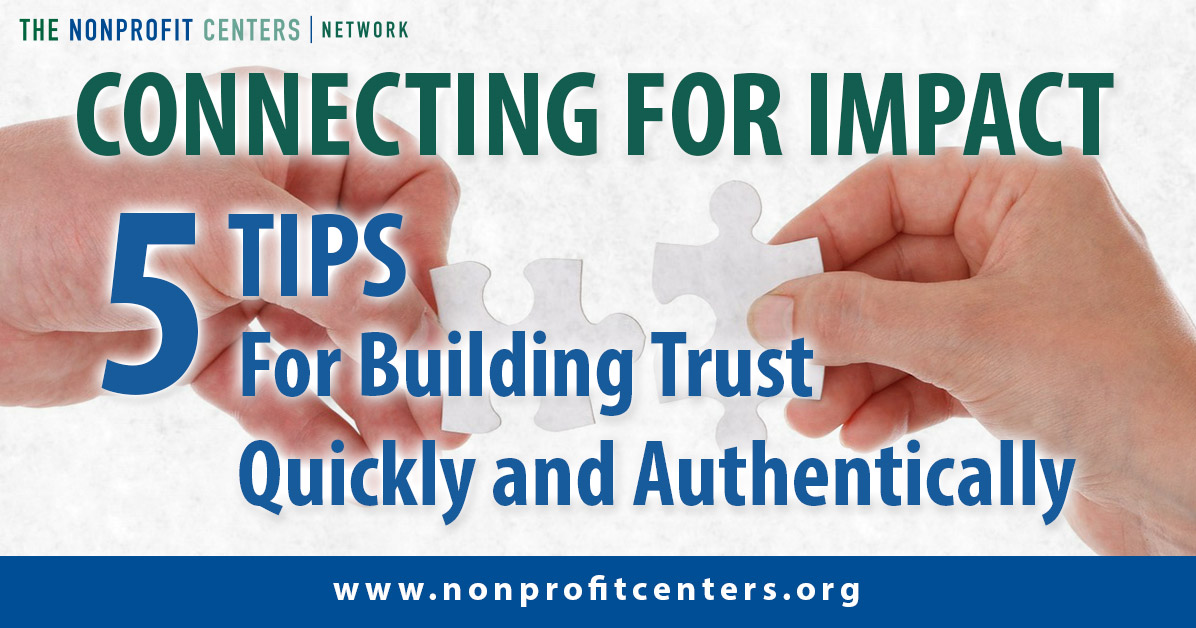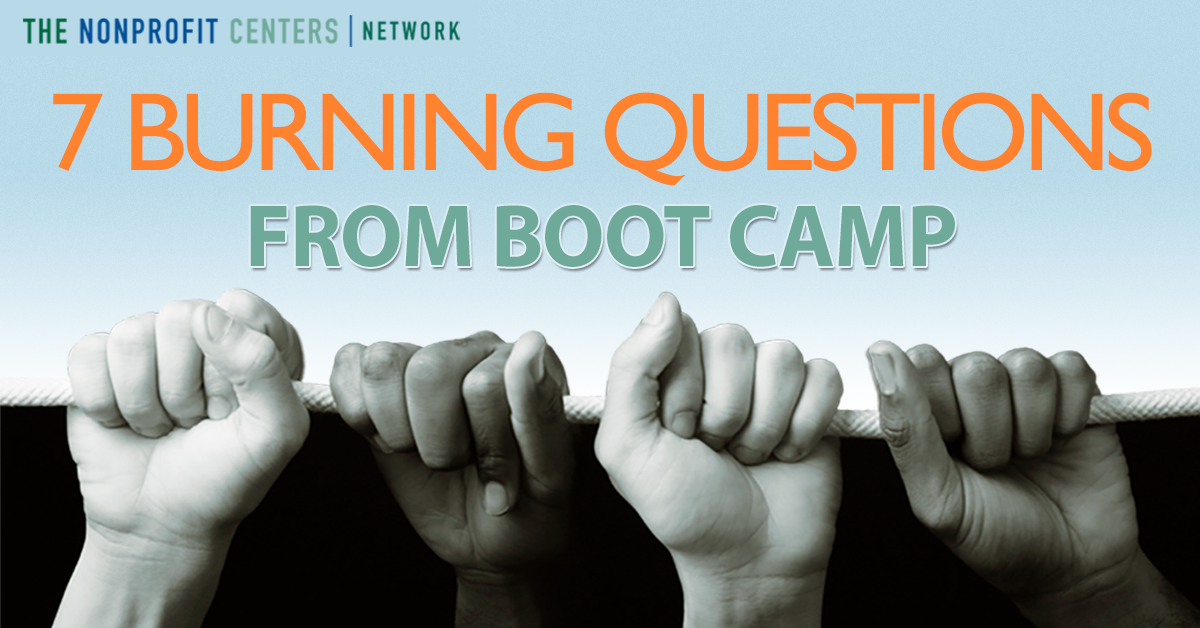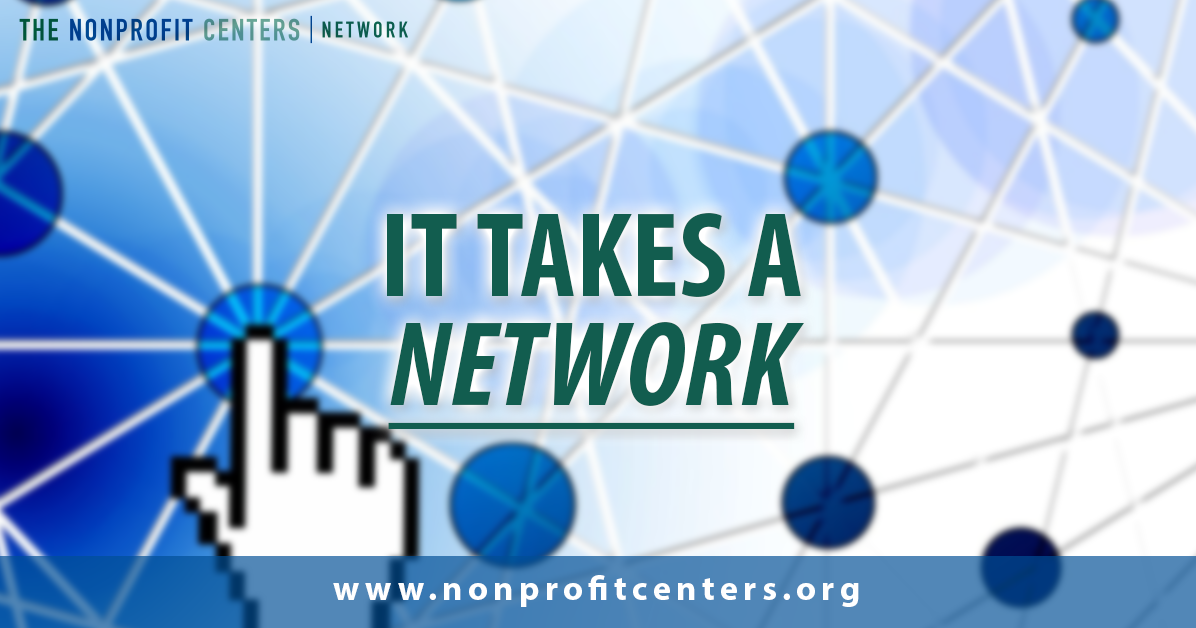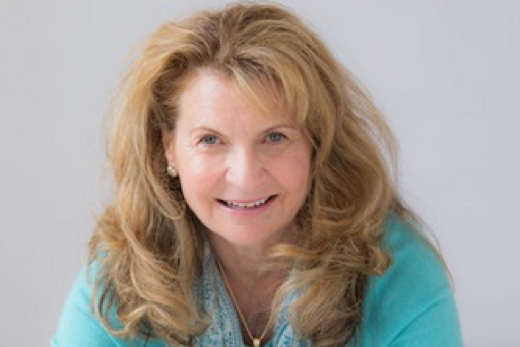
I first heard of Joanne Posner-Mayer when I was a consultant working with a fledgling shared space in Denver focused on international development in 2013. The project was in trouble. They had secured a lease for a building through the Denver Housing Authority, but it was a historic structure and the group needed to raise the funds for renovations and start-up costs. There was a gap between the projected costs and the actual costs and it wasn’t clear how the project could move forward. I remember thinking, another one bites the dust.
But I was wrong. The project succeeded because of Ms. Posner-Mayer and it is now one of the best examples of mission-driven shared space. Posner-Mayer is a Denver physical-therapist-turned-entrepreneur who invented the FitBall™, which is now ubiquitous in gyms and therapy rooms. She had deep roots with the Curtis Park neighborhood where the international development shared space center was being developed. Her father, a Polish immigrant, had a successful hardware store in that neighborhood. Ms. Posner-Mayer felt she could give back to the neighborhood that enabled her to achieve so much. I remember being so surprised at how it all came together – her contribution was truly pivotal to the center, the difference between life and death. Now in Denver we are lucky to have the Posner Center for International Development, named in honor of her family.
If that wasn’t tribute enough, a recent blog by the Rose Community Foundation reported that Ms. Posner-Mayer has been instrumental in another shared space project, the Rose Andom Center. The Andom Center is a one-stop shop for survivors of domestic violence and houses over 20 agencies in a central location. Previously, those affected by domestic violence had to travel to up to a dozen different locations to access services. Taking a client-centered approach will help stop the cycle of violence by improving rates of reporting abuse. Ms. Posner-Mayer contributed to the Rose Andom Center and is helping it establish an endowment so it can be financially sustainable for a long time to come.
I’m anxious to learn of other philanthropists who have embraced the shared service model as much as Ms. Posner-Mayer. In working with her at an NCN training event in 2015, we discussed the notion of mission-driven shared space centers as a kin to a mutual fund investment vehicle – invest in one shared space center and you’ve touched all the organizations who locate there. It’s a great way to address a pressing community issue in a holistic way. I’ve not heard of many who have invested in multiple centers, but I’d love to see it catch on.
At this time of year, it’s inspiring to think about the many ways our generosity can make a huge difference in people’s lives. The Posner Center addresses global poverty and creates opportunity for men, women and children around the world. The Andom Center is helping local Denver families find safety and peace. I can’t imagine a better example of what we all hope for in this holiday season.




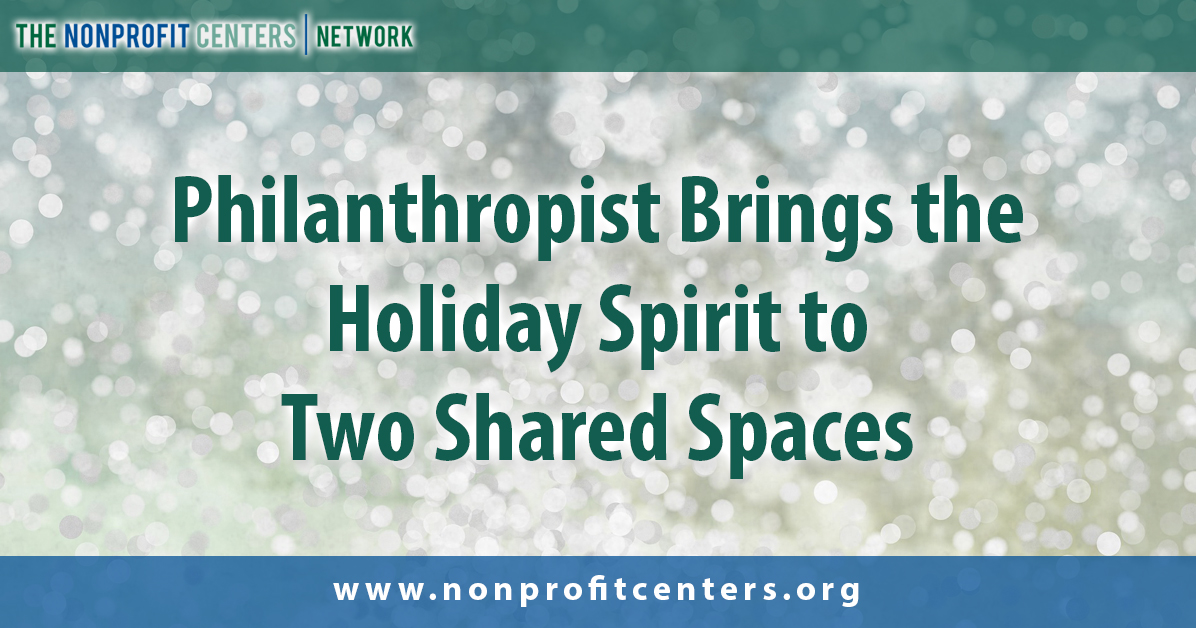
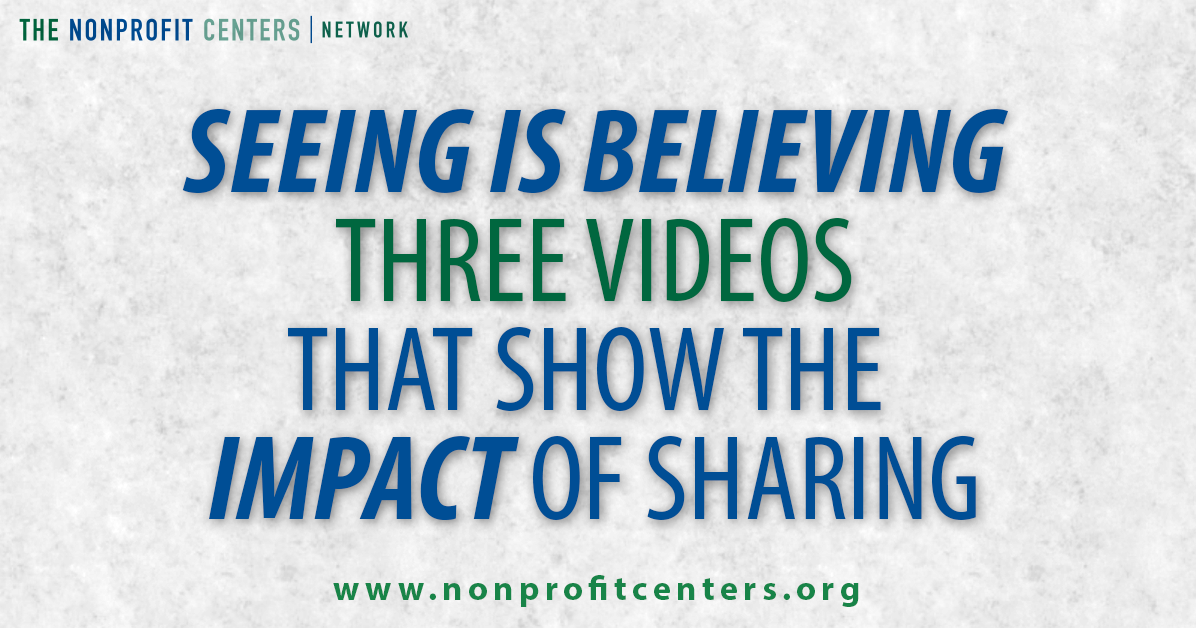

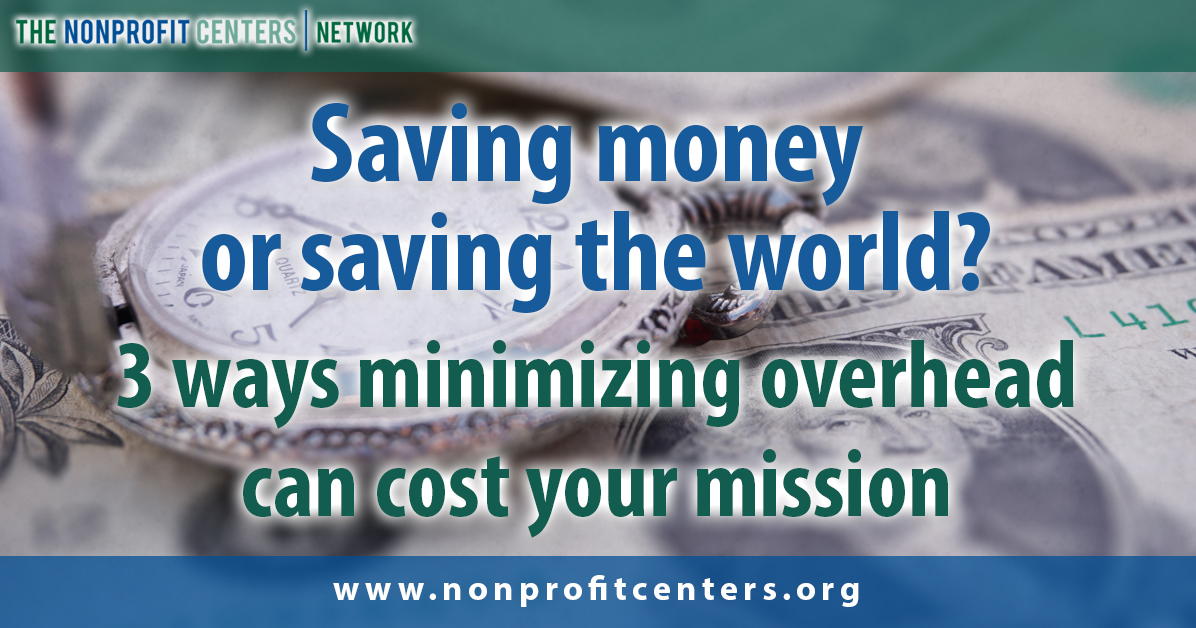


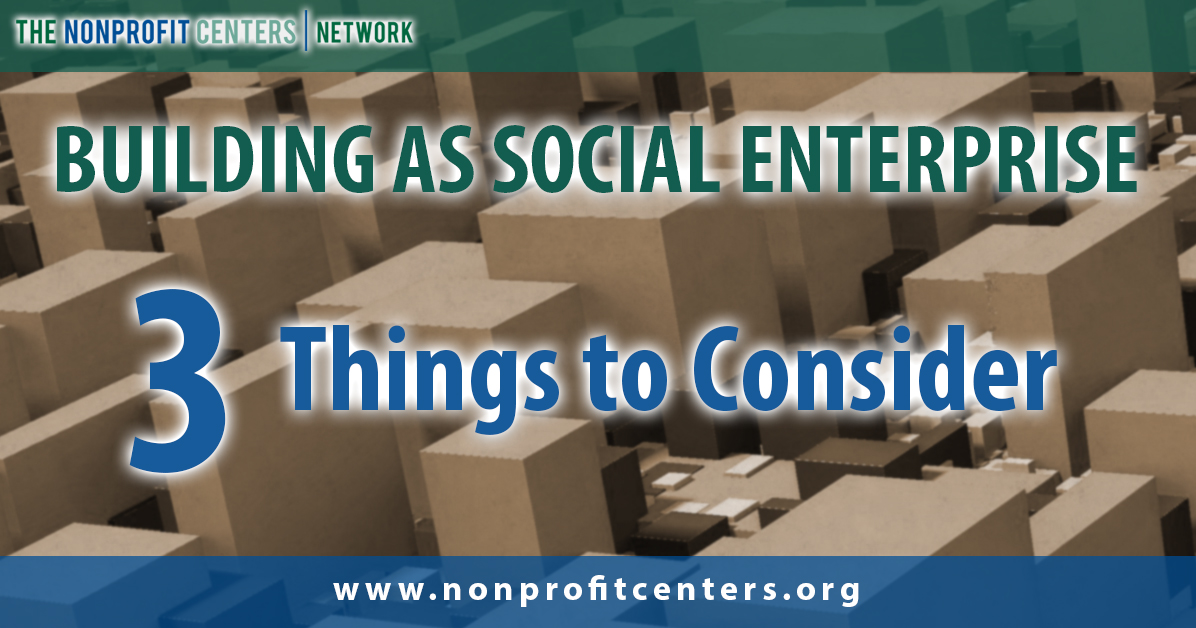
 During the 2015 State of the Shared Space Sector survey, NCN found that a large proportion of mission driven shared spaces are operating as successful social enterprises. At the same time, the majority of these spaces are offering their tenants below market rate rent. How is this possible? A new publication, Balancing Act: Sustainable Finances for Shared Spaces, out this week, gives us some insight. Here are three key findings to help you balance your shared space business model.
During the 2015 State of the Shared Space Sector survey, NCN found that a large proportion of mission driven shared spaces are operating as successful social enterprises. At the same time, the majority of these spaces are offering their tenants below market rate rent. How is this possible? A new publication, Balancing Act: Sustainable Finances for Shared Spaces, out this week, gives us some insight. Here are three key findings to help you balance your shared space business model.